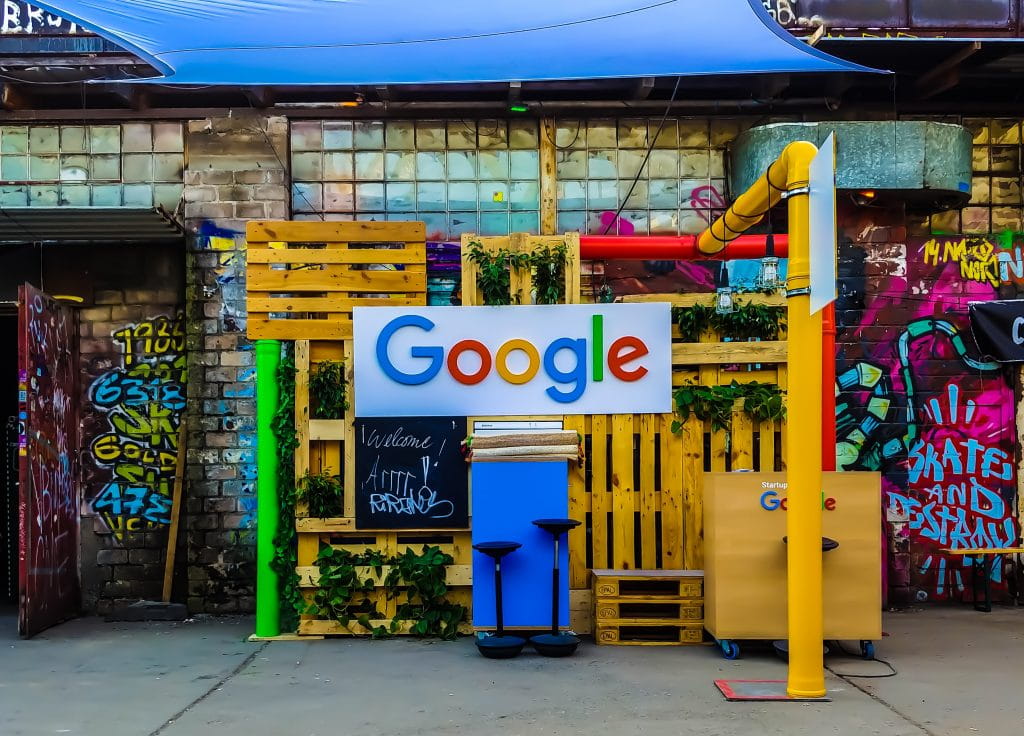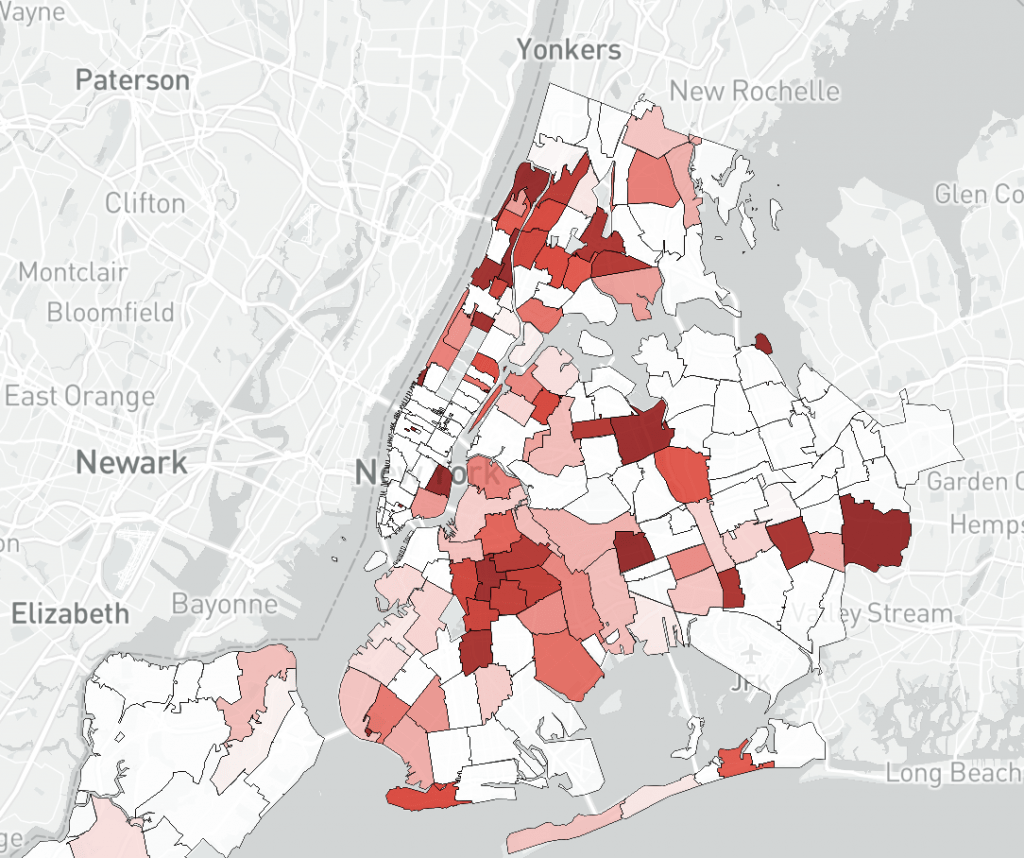In this week’s Top 5 trends from the world of work, we find a study that shows unhappiness with working during holidays is all in the mind. Samsung’s profits soared, driven by lockdown while Siemens places trust in employees to deliver results in the new working paradigm.
July 31, 2020
#1. Working and learning from home boosts profit for Samsung
Lockdown across the globe has boosted profits at Samsung – but not from their smartphones. Their chip-making business hit a sweet spot as it met growing demand from data centers that provide cloud computing for online conferencing and storage for work and home learning applications, and streaming movies. Despite weaker demand for mobiles the South Korean company said its second quarter profits were up 28 percent versus the same period in 2019. Read more on the BBC.

#2. Siemens puts trust in employees and empowers them to deliver results in their latest work from home announcement
German industrial giant Siemens took the opportunity of its ‘work from where you feel comfortable’ announcement to reinforce the company’s values for the future. A few lines in the company announcement particularly struck journalist Justin Bariso for INC. “The basis for this forward-looking working model is further development [of] our corporate culture. These changes will also be associated with a different leadership style, one that focuses on outcomes rather than on time spent at the office. We trust our employees and empower them to shape their work themselves so that they can achieve the best possible results. With the new way of working, we’re motivating our employees while improving the company’s performance capabilities and sharpening Siemens’ profile as a flexible and attractive employer.” The findings of our latest research “Resetting Normal: Defining the Era of Work” show this is what workers want for the post-covid world of work.

#3.Google’s ‘work from home until June 2021’ ruling shows the ‘new normal’ in tech may not be a return to the office
Another week, another tech company confirming a ‘continue to work-from-home instruction’ for thousands of employees globally who are currently working remotely. Last week it was Facebook, this week, as reported in TechCrunch. This is also reflected in the projected 7% decline in the value of US office rents over the course of 2020, as reported by CNBC. TechCrunch also reviews the resulting change in the investment landscape for tech start-ups in technology that enables remote working and apps. Challenges remain – mostly around cyber security and compliance standards – as employees more habitually work remotely.

#4.Working during holidays time can demotivate workers, unless they mentally relabel the time as ‘work time’
This study reveals that when employees engage in work during time that they think of as leisure time, such as the weekend, they can find their work less engaging and less meaningful affecting their intrinsic motivation. A useful coping strategy outlined in this Harvard Business Review article is for them to relabel this time ‘working time’ and ‘time to get ahead’ rather than ‘missed leisure time’. Managers also play an important part in ensuring unnecessary work is avoided – and especially during periods which workers view as leisure time. And beware of the tax implications of working outside the office, as this Financial Times article warns…

#5. This is how New York could reopen its economy, neighborhood by neighborhood
Getting a city like New York back to work and boosting employment after lockdown is a challenge that demands a local approach in order to manage infection rates, while getting vital hubs of economic activity up-and-running again. Researchers, published a paper in the Chicago Booth Review which explains their model, developed with the objective of finding a way to bring down overall COVID-19 rates at the lowest possible economic cost.




